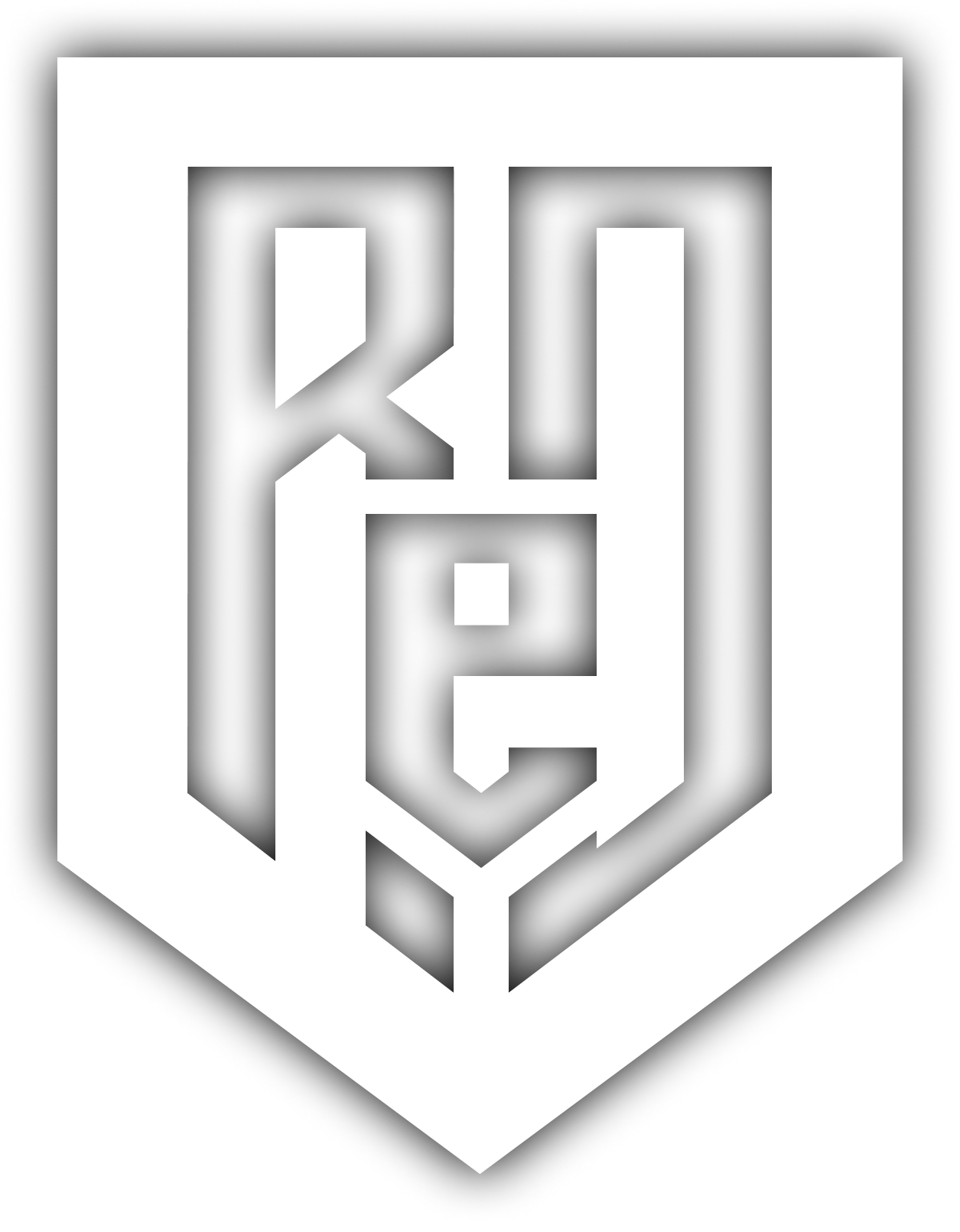MY UI/UX PROCESS
Rooted in UX best practices and refined over 10 years, I have a user-centered design process that consistently delivers quality results. This process thrives on collaboration and clear communication—essential elements that build trust and keep the workflow structured and effective. Every project starts with clearly defined business goals from leadership and partners. These goals allow the UI/UX team to establish key pillars, ensuring designs remain focused on enhancing the user experience.
In a perfect world, all project tasks can be run through the entire UX process of Research, Define, Ideate, Prototype, and Test, but that is often a rarity. Within the gaming industry, there are numerous teams that are co-developing multiple tasks and features concurrently, all with differing timelines. My process is agile enough to ensure designs can be delivered on time without sacrificing the pipeline framework any team uses. It’s designed to adapt to different project and individual task needs. New features benefit from the complete process, while existing features follow a streamlined approach. Team members are kept informed at every phase through consistent syncs and ongoing communication, which has become essential in remote work environments.
The Design-Test-Iterate phase is key for exploring ideas and incorporating feedback. Iterating later in development becomes costly, so this phase emphasizes sketching and blocking screens to define the user experience. Low-fidelity wireframes keep the focus on functionality and the core user journey, rather than visuals. I’d love the opportunity to chat about this process.
Figure A: Detailed overview of the design process.
KEY POINTS
These additions aren’t mandatory to deliver a successful product, but do increase communication and collaboration, so I believe they can only improve any process.
➤ OPEN MEETING ROOMS
Done in Discord, Slack huddles, or other communication programs, these open rooms allow more organic collaboration when folks are working from home, or want to communicate without leaving their desk. This is a critically important element for remote team members who need to work harder to build strong connections with colleagues, and improve team dynamics.
➤ DEDICATED DESIGN CHANNELS
Dedicated channels on community applications, like Slack, ensures more focused communication. This enhances clarity and maintains momentum throughout the design process. Additionally, this approach minimizes the need for unnecessary meetings, as discussions can be efficiently managed within Slack.
➤ HAND-OFF REVIEWS
Lastly, I recommend the inclusion of Hand-Off Review meetings which are meant to ensure alignment is maintained during key transition phases of the development process. The hand-off review meeting is essentially the closing of one phase, and the beginning of the next. This can be an informal chat on a call, in a proper meeting room, or even done at someone’s desk. It’s an open meeting to anyone involved in the task, to keep team members updated.
DOCUMENTATION
Lastly, documentation is essential for maintaining alignment and ensuring accountability amongst team members. Lack of documentation can lead to communication breakdowns, which makes it critical to leverage these tools to improve communication. I have experience using a wide range of softwares to document UI/UX designs, modifications, wireframes, prototypes, pitches, and more.
